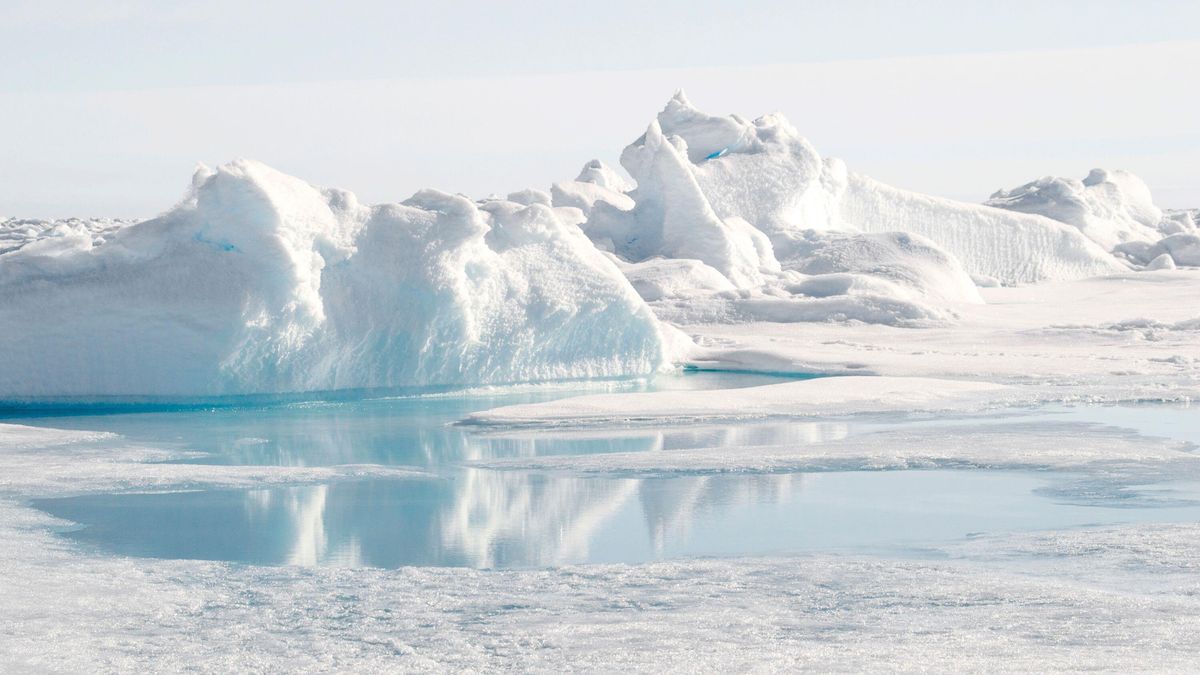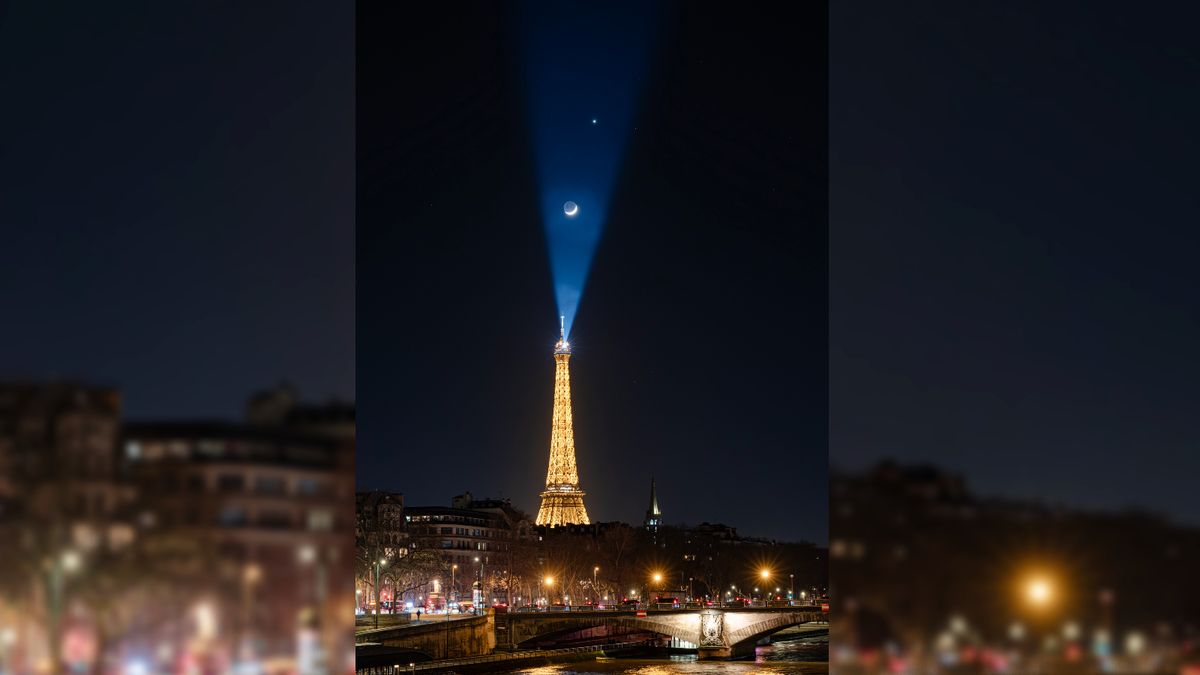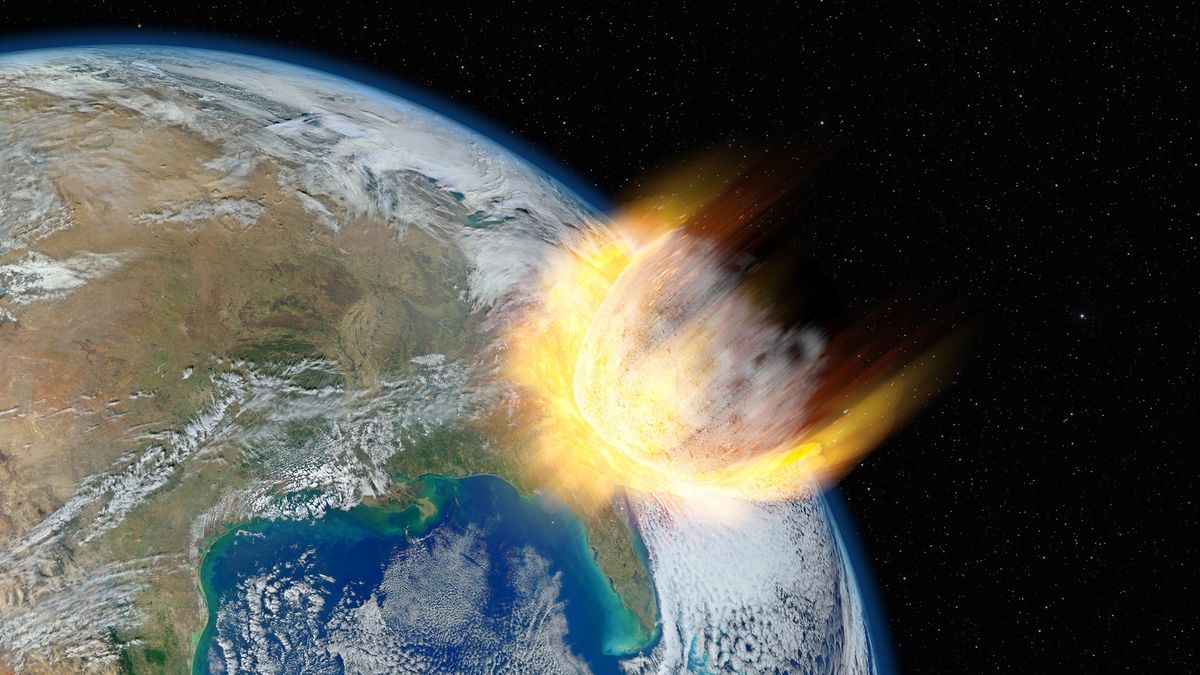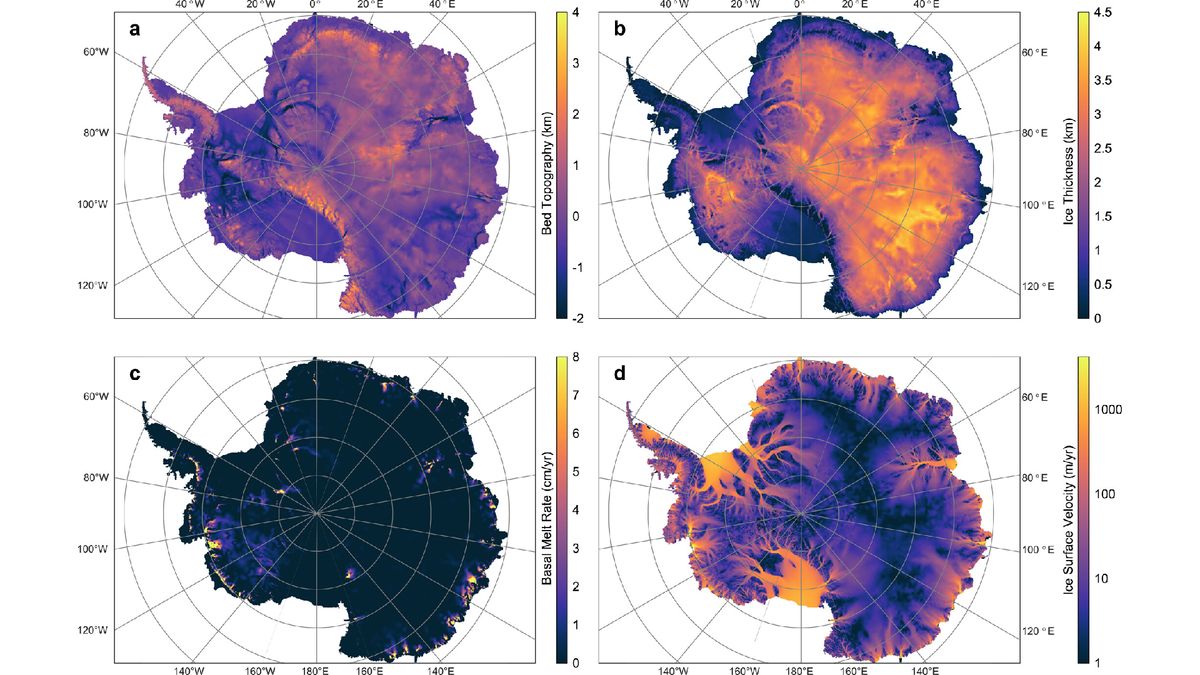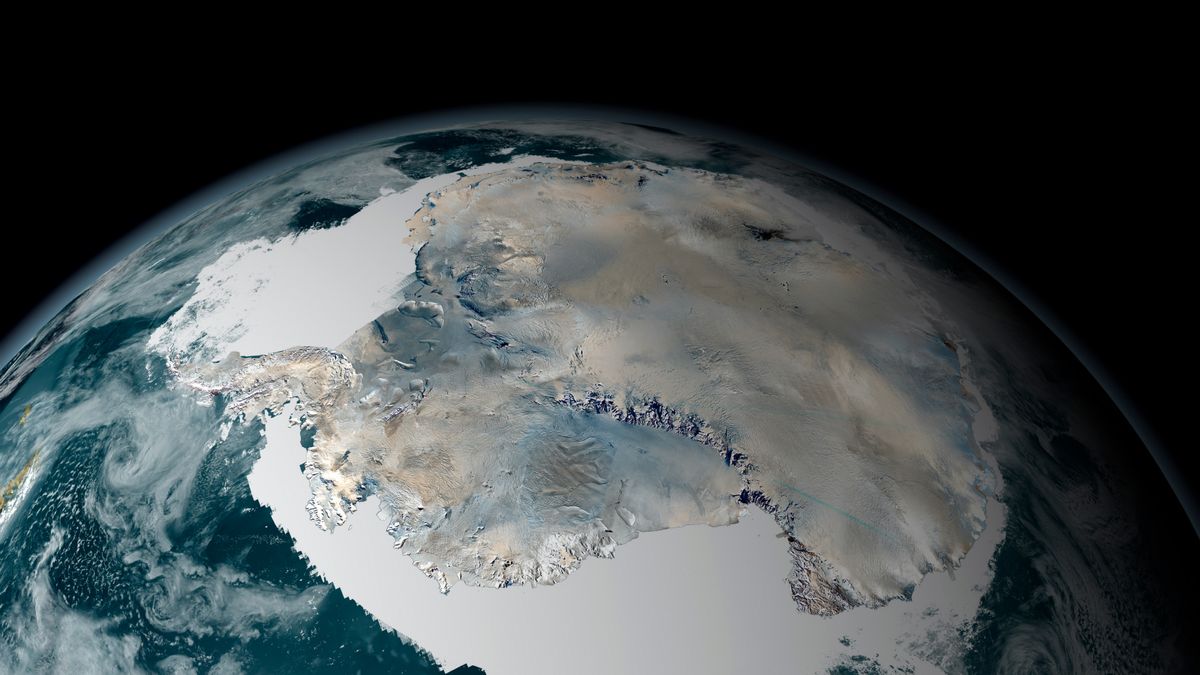Temperatures in the North Pole soared above freezing over the weekend — with the high Arctic reaching 36 degrees Fahrenheit (20 degrees Celsius) above average. Scientists are concerned that these temperatures will melt more sea ice and accelerate Arctic warming.
Temperatures at the North Pole breached 32 F (0 C), the melting point of ice, on Sunday (Feb. 2) after climbing 36 F above the region’s daily average temperature recorded between 1991 to 2020, the Guardian reported on Tuesday (Feb. 4).
The European Union’s Copernicus Climate Change Service registered warming near the North Pole, while an Arctic snow buoy — a device that measures snow depth and temperature — logged an absolute temperature of 32.9 F (0.5 C).
Mika Rantanen, a weather and climate change impact researcher at the Finnish Meteorological Institute, told the Guardian that it was difficult to estimate the exact temperature change — with remote regions like the central Arctic having fewer direct observation sites — but the models indicated a temperature anomaly of more than 36 F.
“This was a very extreme winter warming event,” Rantanen said. “Probably not the most extreme ever observed, but still at the upper edge of what can happen in the Arctic.”
Related: Ocean warming 4 times faster than in 1980s — and likely to accelerate in coming decades
The unusually warm weekend was linked to a weather system over Iceland, Julien Nicolas, a senior scientist at the Copernicus Climate Change Service, told the Guardian. He said that a deep low-pressure system was directing a flow of warm air to the North Pole, strengthened by hot seas in the northeastern Atlantic.
“This type of event is relatively rare, but we are not able to assess its frequency without further analysis,” Nicolas said.
Warm temperatures have been recorded in the region before. A winter heatwave in 2016 pushed North Pole temperatures to around 32 F on Dec. 24 — about the same as the warming observed over the weekend. And in February 2018, another heatwave caused the North Pole to pass 32 F multiple times, with temperatures peaking at 43 F (6 C), according to the National Oceanic and Atmospheric Administration.
Climate change is particularly noticeable in the Arctic, where temperatures are warming around four times faster than the rest of the world. This accelerated warming, called Arctic amplification, stems from melting sea ice.
Ice reflects more sunlight than land or water, so when climate change melts Arctic sea ice, the region absorbs more sunlight and warms up even faster than non-icy areas, according to the International Science Council.
Above freezing temperatures, like those observed over the weekend, melt ice and therefore accelerate warming in the Arctic that ultimately leads to more ice loss and more warming. Indigenous Peoples and a whole host of wildlife — from polar bears to whales — depend on the sea ice habitat, so as it declines, these human and wildlife communities suffer.





